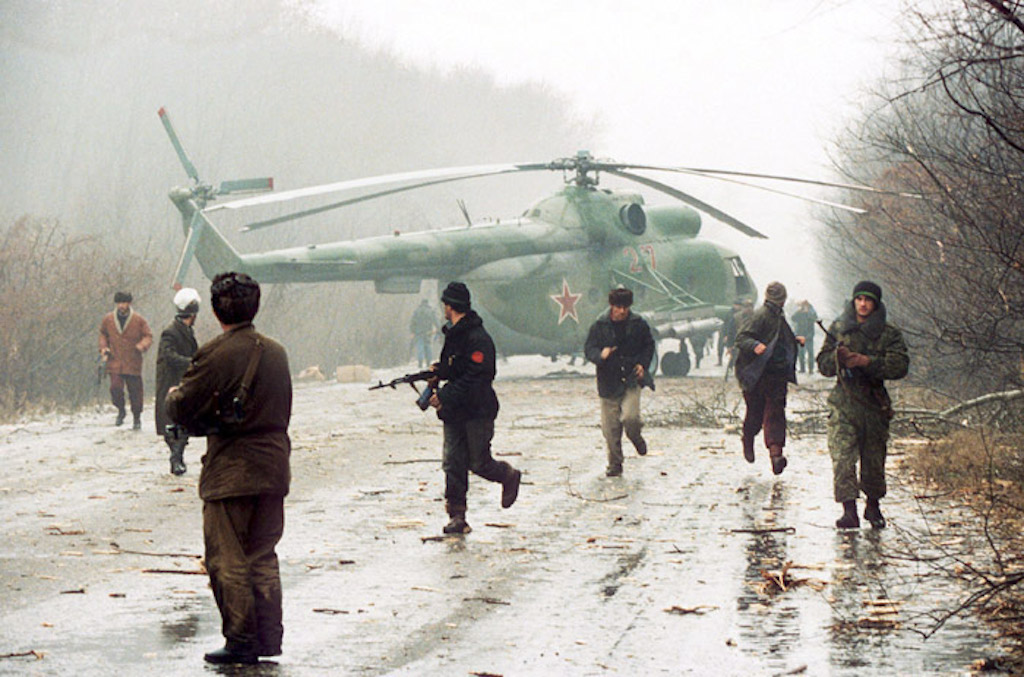

A year into the invasion, Russia’s armed forces aren’t performing well in Ukraine, and while the world seems surprised, it really shouldn’t be. When Russia first invaded Ukraine and things began to go terribly, terribly wrong for the Russians, we discussed 5 of the biggest blunders in Russian military history.
Just as more and more continues to go wrong for the Russians in Ukraine, we keep finding more and more reasons why no one should be surprised.
Here are 5 more of the biggest blunders in Russian military history
1. Livonian War
Ivan the Terrible, father of the Russian Empire, was trying to expand his state to the Baltic Sea while capturing key ports there. The only thing standing in his way was the owner of those ports, a fading power called the Livonian Confederation (modern-day Latvia and Estonia). Things started off pretty well for Russia, but once the ball got rolling, other powers came rolling in.
Sweden, Denmark, and Poland (sort of) came to the aid of Livonia and after 25 years of war, Russia not only didn’t get the Baltic Sea access it wanted, those territories were traded away to Sweden, Denmark, and Poland for peace. Ivan died the following year.

2. Russo-Turkish War
In 1710, Tsar Peter the Great had captured what Ivan couldn’t, wrestling Russia its Baltic ports from Sweden. When Swedish King Karl XII fled to the Ottoman empire, Peter demanded the Turks give him up. The Ottoman Sultan had eyes on the Azov Fortress in the Black Sea, and declared war on Russia to get it, using the king as a pretense.
Russia sent an Army of 38,000 to Bessarabia, which is today Moldova and parts of Ukraine, where his army was quickly surrounded by 190,000 Ottoman troops. In exchange for not being murdered, Peter had to cede all of Russia’s access to the Black Sea and destroy its only naval force, a fleet of hundreds of ships.
3. Battle of Austerlitz
In 1805, it had been about 100 years since Russia had lost a major battle. The Russian Empire enjoyed a large, hardy army with some of the finest artillery in Europe. The Russian aristocracy believed its army was invincible. Then along came Napoleon, who ended that in less than nine hours.
The French were outnumbered, but the Allies were plagued by the presence of Holy Roman Emperor Francis I and Tsar Alexander I (the battle would later be called the Battle of the Three Emperors), who could overrule their marshals during the battle. Napoleon was the emperor with the skills, and soon split the Allied army in two and sent it scrambling in retreat. Even the emperors had to flee for fear of being captured by the French.

4. World War I
The empire built up by Ivan the Terrible in 1547 was a mere shell of its former glory by 1914. As World War I broke out on the continent, Russia’s allies were confident the Russian Empire was a formidable force, but the war ended up boiling over a lot of long-simmering problems inside its borders.
The Russian Empire was a behemoth on paper, but when it came to actually fighting a war, its army collapsed. Then the empire itself collapsed. Then it entered a yearslong period of civil war that toppled the last Tsar, ended the imperial system, and introduced a new kind of government: communism.
5. First Chechen War
The fall of communism ushered in an era of hopefulness in the new Russian Federation. Former Soviet states declared their independence, and most of them received it without having to fight a war. Not all areas were so lucky. In 1994, a small area of the Caucuses that had been autonomous during the Soviet Days declared its independence from Russia. Russia wasn’t letting Chechnya go so easily.
For two years, nearly 100,000 Russian troops fought in Chechnya against roughly 7,500 separatist fighters. What should have been a spanking by Russian forces actually exposed its military failures. In the end, the Russians were forced to sign a peace treaty forcing Russia to recognize its autonomy.
